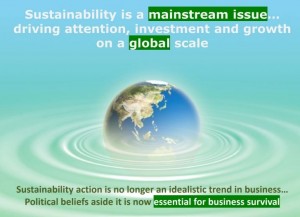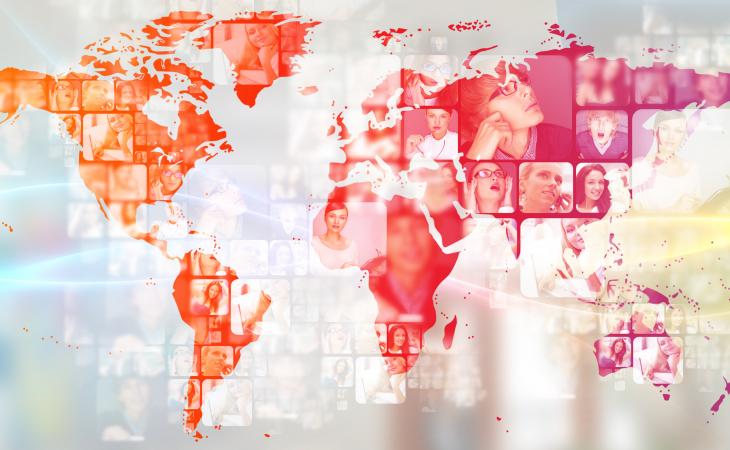This website uses cookies so that we can provide you with the best user experience possible. Cookie information is stored in your browser and performs functions such as recognising you when you return to our website and helping our team to understand which sections of the website you find most interesting and useful.
News
The Outlook for PVC/Vinyl: Global and Purpose-Driven
You can’t afford to ignore your naysayers. That was the advice given to Vinyl360 participants by Roberto Ribeiro, who sees significant opportunities for the U.S. vinyl industry.
Ribeiro, president of Townsend Solutions, talked about understanding both the global risks to the industry and the growth potential. He started with the good news: consumption is growing, especially in China and India. Ribeiro added that China’s PVC consumption is more than North America, the Asia-Pacific region, and Western Europe combined.
He also highlighted some key risks, including:
- extreme weather
- natural disasters
- failure of climate-change mitigation and adaption
- water crises
These four key risks fuel the sustainability imperative to do more with less. And “doing more with less” is what consumers want to see in the products they buy and the companies with which they choose to do business.
What consumers want.


Ribeiro highlighted some key consumer demographics, including burgeoning population centers in India, China, and Nigeria and a growing middle class globally. In addition, he stressed that consumers are increasingly focused on having a planet to live in, which means greater interest in brands with a purpose and companies that are making a difference.
Which brings us to the naysayers.
Ribeiro said that the naysayers want to redesign, replace, innovate, and scale up alternatives to PVC and other plastics—which they don’t see as sustainable products. And ignoring the naysayers, he said, won’t make the problem go away. As examples, Ribeiro pointed to France’s ban on single-use plastics and the United Kingdom’s plan to tax packaging with less than 30 percent recycled material. He also pointed to corporate pledges by Starbucks, Disney, and other businesses to eliminate single-use plastic straws.
While the U.S. vinyl industry has largely been buffered from the short-term impact of these changes (because it is heavily invested in long-term durable products), Ribeiro stressed that this likely will not last. “Sustainability,” he said, “is a mainstream issue, driving attention, investment, and growth on a global scale.”
For every challenge, an opportunity.
Finally, Ribeiro said that every challenge points to an opportunity. He noted, for example, that the U.S. vinyl industry recycles approximately one billion pounds per year—which of course doesn’t even take into account the fact that 45 percent of all resin goes into PVC pipe (which has a service life in excess of 100 years). That said, how can the U.S. vinyl industry recycle more?
To answer the question, Ribeiro highlighted a few examples:
- the Vinyl Council of Australia’s hospital recycling program
- upcycling of vinyl banners into bags, wallets, and tarps
- investing in recyclers
Ribeiro added that the vinyl industry is starting to see more vertical integration, which will allow for more reuse of waste as raw material – essentially creating a circular economy and providing the kind of sustainable, purpose-driven products (and companies) that consumers want to see.


